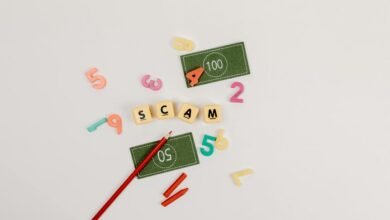Caller identification is a critical aspect of modern communication. Understanding the origins of unknown numbers, such as 3509367911 and others, can significantly impact personal safety and decision-making. The effectiveness of various tools for uncovering hidden caller identities merits examination. As the prevalence of unsolicited calls continues to rise, the methods available for identifying these numbers evolve. The implications of this discovery process are worth exploring further.
Understanding the Importance of Caller Identification
How can effective caller identification transform communication dynamics?
By leveraging identification technology, individuals can ascertain the identity of callers, fostering informed decision-making.
This process not only enhances caller privacy but also mitigates the risks associated with unsolicited communications.
As a result, users gain autonomy over their interactions, promoting a more liberated communication environment where informed choices reign supreme, ultimately protecting personal and professional boundaries.
Effective Tools for Tracking Unknown Numbers
The landscape of communication has evolved, making the ability to track unknown numbers increasingly important.
Effective tools for this purpose include call tracking applications that provide detailed analytics and number lookup services that identify caller information.
These resources empower individuals to reclaim control over their communications, ensuring safety and informed decision-making, ultimately fostering a sense of freedom in navigating modern telecommunication challenges.
Steps to Identify Hidden Callers
While hidden callers can pose a challenge to effective communication, several methodical steps can facilitate their identification.
Engaging in caller tracing techniques allows individuals to track call origins.
Additionally, employing number verification services can confirm the legitimacy of incoming calls.
Tips for Protecting Yourself From Unwanted Calls
Identifying hidden callers is only one aspect of managing unwanted communication.
Effective strategies include utilizing call blocking features to prevent repeated disruptions and adjusting privacy settings to limit personal information exposure.
By proactively managing these elements, individuals can regain control over their communication landscape, fostering an environment that supports personal freedom and minimizes unsolicited interactions.
Ultimately, this approach enhances their daily lives.
Conclusion
In the digital age, where anonymity often cloaks malicious intent, the ability to uncover hidden caller identities becomes paramount. By leveraging caller identification technologies and number lookup services, individuals empower themselves against unsolicited intrusions. Is it not wise to equip oneself with the knowledge that transforms uncertainty into security? Thus, adopting these tools and strategies not only fosters peace of mind but also fortifies personal boundaries in an increasingly interconnected world.





